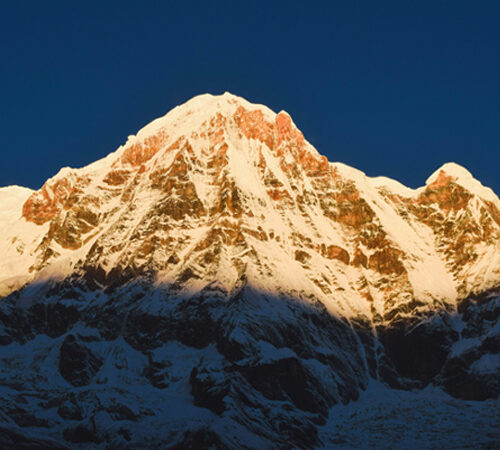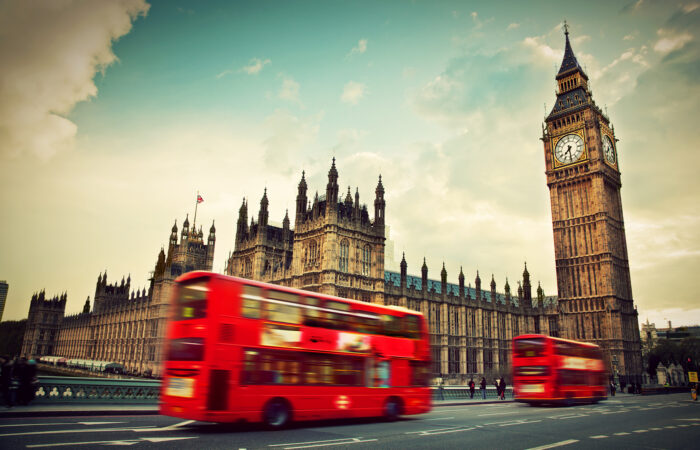1.820.3345.33
[email protected]
- Home
- Treks
- Everest Base Camp Trek – 14 Days
- Gokyo to Everest Base Camp Trek – 17 Days
- Gokyo and Renjo La Pass Trek – 14 Days
- Gokyo Lake Trek – 13 Days
- Everest Base Camp Heli Treks – 08 Days
- EBC Trek with Helicopter Return – 12 Days
- Everest Base Camp Trek without Lukla Flight – 17 Days
- Everest Base Camp with Island Peak – 19 Days
- Everest Panorama Trek – 9 Days
- Upper Mustang Trek – 15 Days
- Annapurna Circuit Trek – 14 Days
- Annapurna Circuit Trek with Tilicho Lake – 16 Days
- Annapurna Base Camp Trek – 11 Days
- Poon Hill Trek – 4 Days
- Annapurna Trek – 20 Days
- Langtang Trek – 8 Days
- Langtang Gosainkunda Trek – 13 Days
- Tamang Heritage Trail – 12 Days
- Tsum Valley Trek – 16 Days
- Manaslu Tsum Valley trek – 19 Days
- Manaslu Circuit Trek – 12 Days
- Manaslu Circuit Trek – 16 Days
- Tours
- Day Hike
- Jungle Safari
- More Activities


